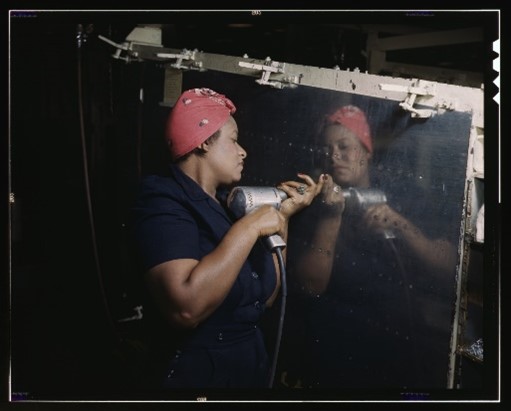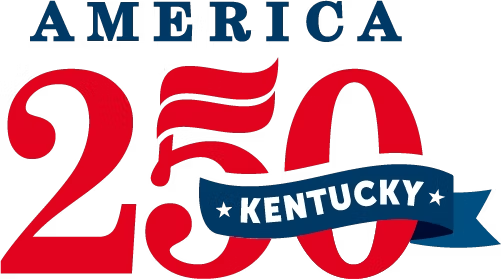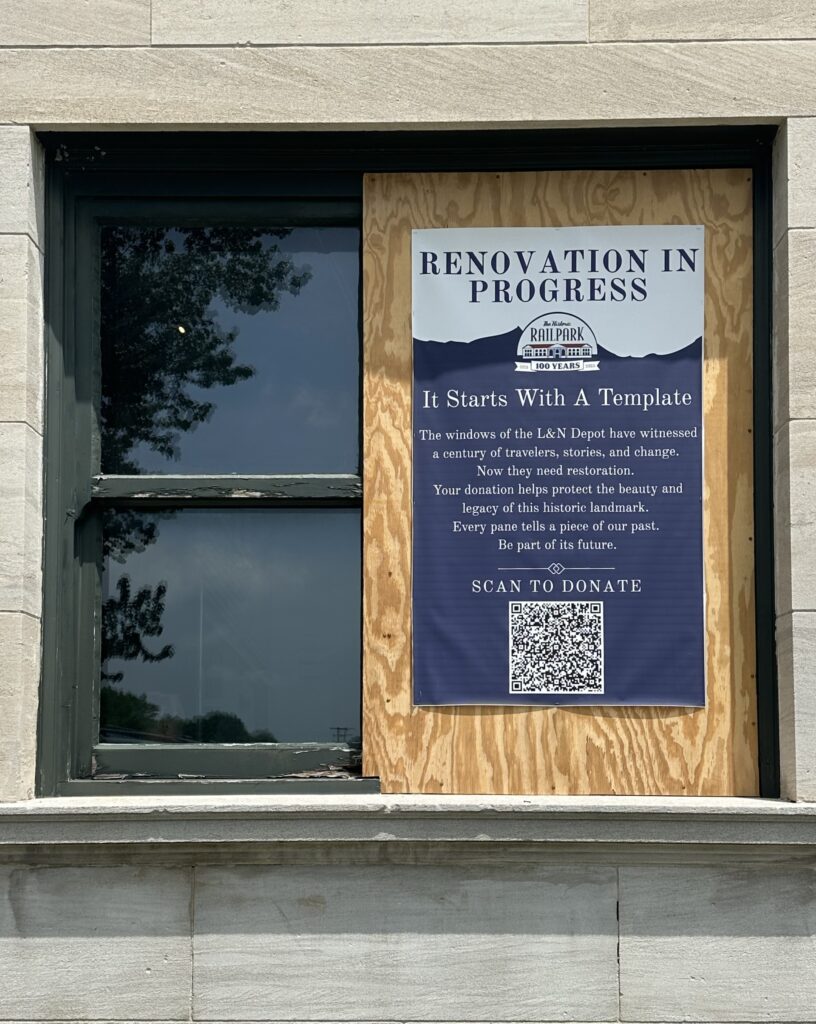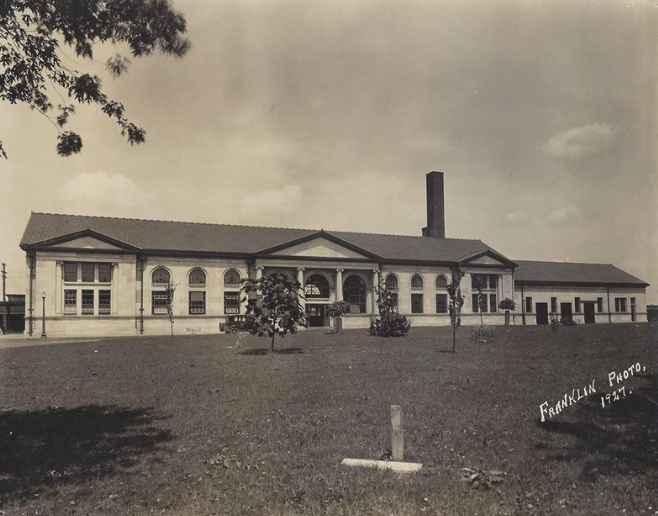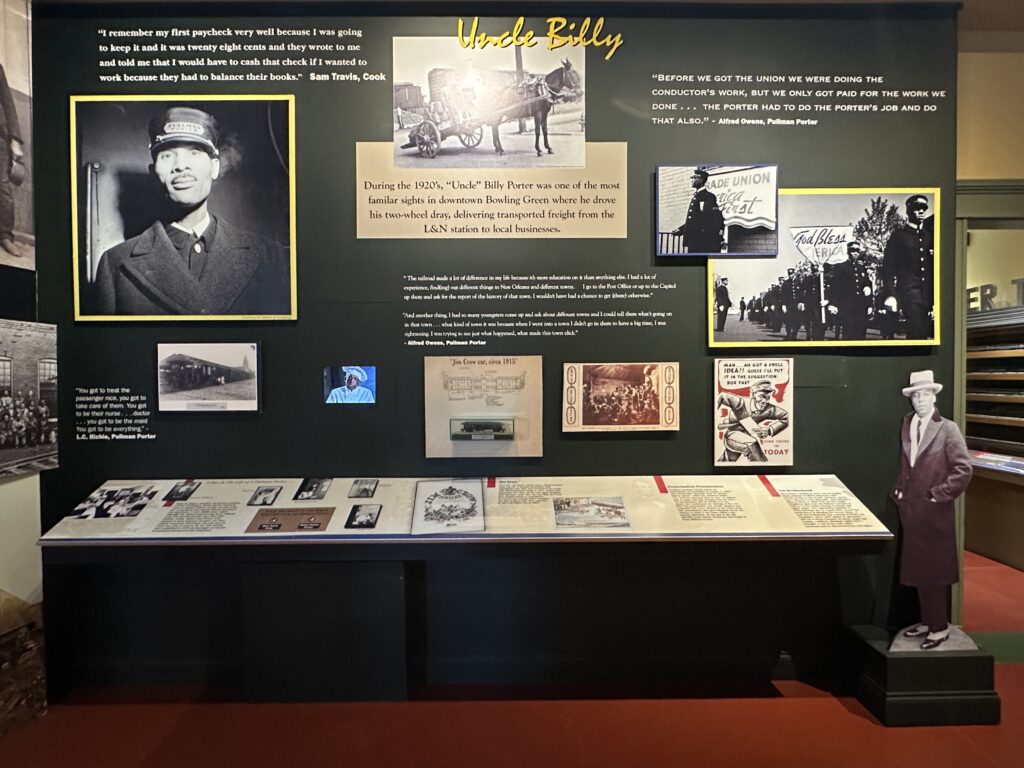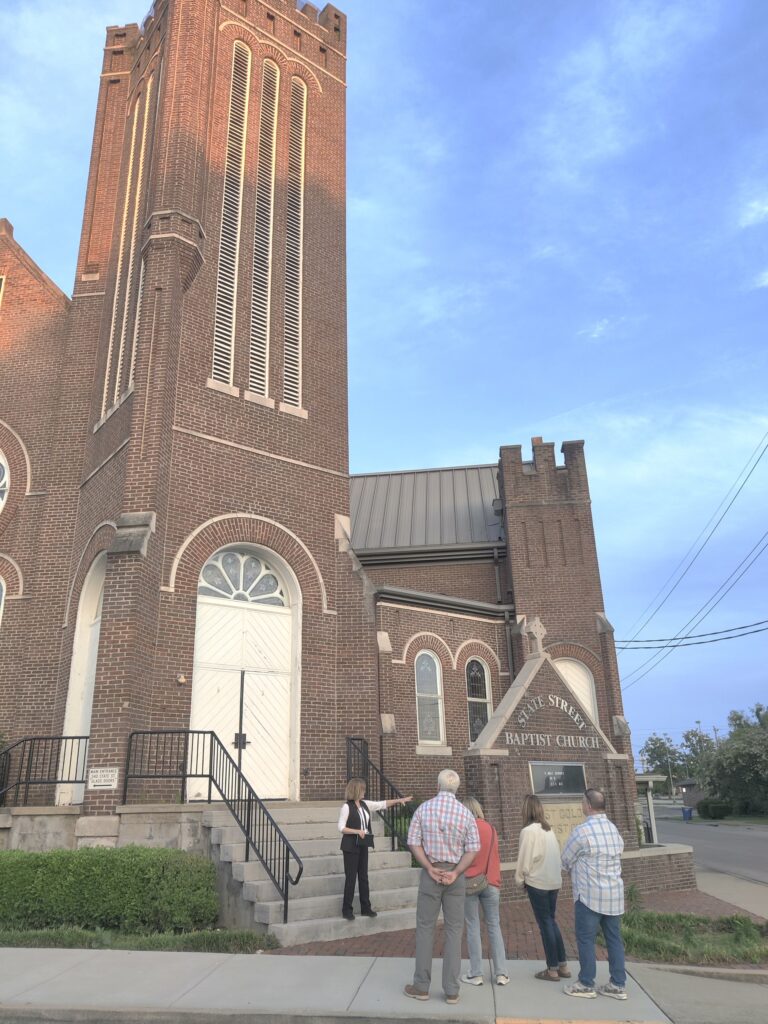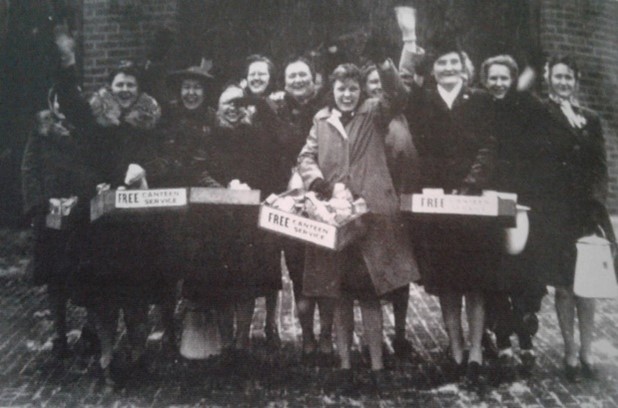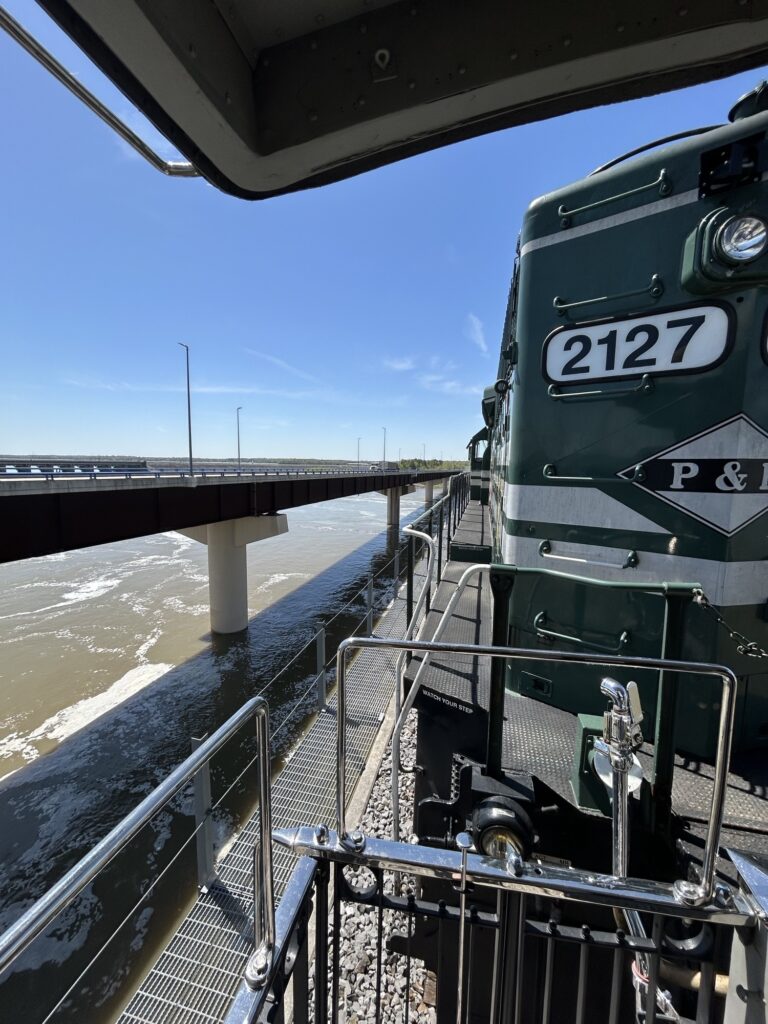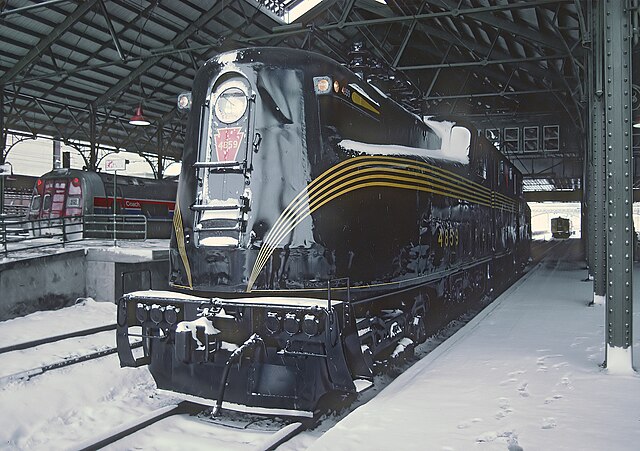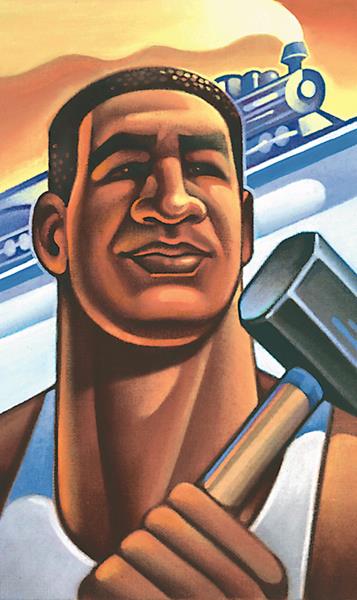Rosie the Riveter: Women at the Forefront of World War II Industry
World War II brought about a seismic shift in societal norms as millions of men went off to fight, leaving a void in the workforce that needed to be filled. Enter Rosie the Riveter – an iconic figure representing the thousands of women who stepped into roles traditionally held by men in factories and shipyards during the war.
Rosie the Riveter was more than just a symbol; she represented the real women who took on diverse roles in defense industries during World War II. The term was popularized by the 1942 song of the same name, highlighting the pivotal role of women in supporting the war effort. Rosie wasn’t confined to riveting; it encompassed all women working in defense industries, embodying the collective experiences of these trailblazing individuals.
Women worker’s riveting was not confined to one section of an aircraft instead their dedication and precision were widespread throughout multiple areas of work. These areas include the Center Wing Section for a B-24E Liberator bomber at the Ford Motor Company plant in Willow Run, MI, 1943, cowlings for bombers, transparent noses for A-20 bombers, bodywork near the cockpit, and all along the body of aircraft. These roles capture the diversity of tasks undertaken by women during World War II, from riveting to sitting in the cockpit, symbolizing their integral role in the war effort.
Rosie the Riveter and the women she represents played a pivotal role in reshaping the workforce during World War II. These images provide a glimpse into the lives of the real-life Rosie’s who, through their dedication and resilience, contributed significantly to the war effort. As we reflect on these powerful visuals, let us honor and remember the women who became the backbone of the industry, embodying the spirit of Rosie the Riveter on the home front.
To learn more about women and their involvement with railroads during wartime, come see the two-story Historic RailPark & Train Museum.


